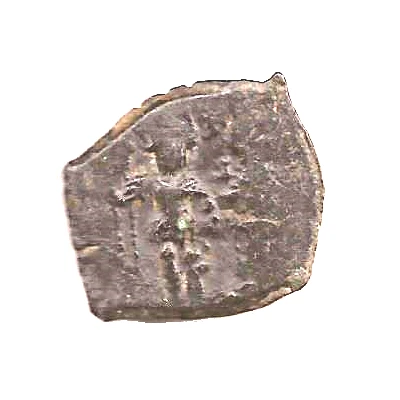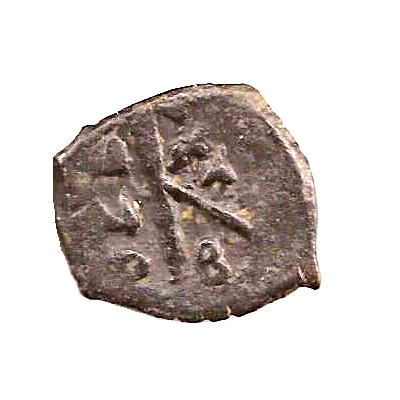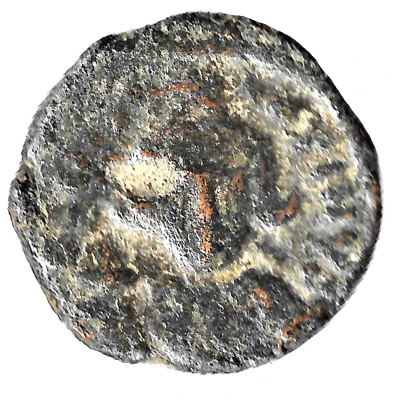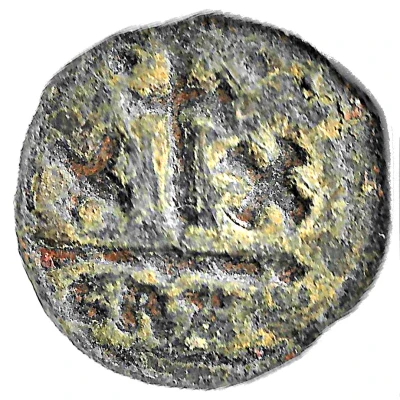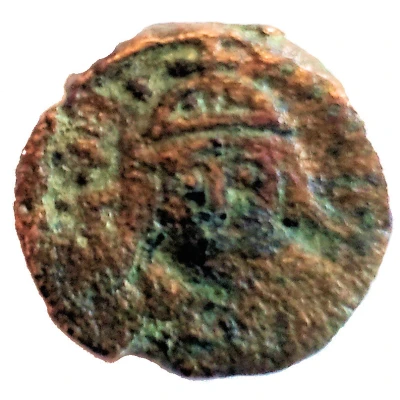
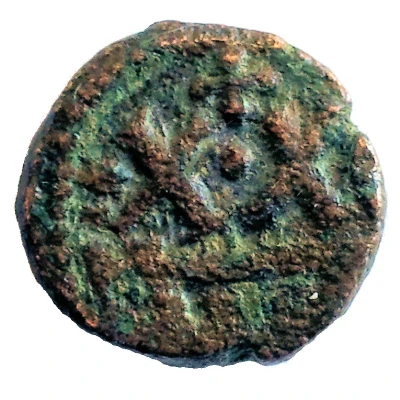

20 Nummi - Heraclius Carthage ND
| Copper | 5 g | 20 mm |
| Issuer | Byzantine Empire (Byzantine states) |
|---|---|
| Emperor | Heraclius (610-641) |
| Type | Standard circulation coin |
| Years | 611-612 |
| Value | 20 Nummi = ½ Follis (1⁄576) |
| Currency | First Solidus Nomisma (498-720) |
| Composition | Copper |
| Weight | 5 g |
| Diameter | 20 mm |
| Shape | Round (irregular) |
| Technique | Hammered |
| Demonetized | Yes |
| Updated | 2024-10-04 |
| Numista | N#31848 |
|---|---|
| Rarity index | 84% |
Reverse
X.X surrounded on the left by a star, on the right by an E (epsilon), surmounted by a cross. Different KRTG (Carthage) in exergue.
Epsilon could correspond to the 5th year of the Byzantine indiction, but nothing is certain - it may simply be a similarity with old coins.
Lettering:
* X.X E
KRTG
Interesting fact
The Byzantine Empire, which issued the 20 Nummi coin, was known for its complex system of currency and taxation. The empire used a variety of coins, including the Nummi, which was a small copper coin that was worth 1/40 of a Byzantine pound. The Nummi was used for everyday transactions and was widely used throughout the empire. It's interesting to note that the Byzantine Empire's currency system was so complex that it had a significant impact on the empire's economy and trade. The empire's use of multiple currencies and exchange rates made it difficult for merchants and traders to conduct business, and it was not uncommon for there to be confusion and disputes over currency values. Despite these challenges, the Byzantine Empire's currency system remained in use for centuries, and the Nummi coin remains a popular collector's item today.
